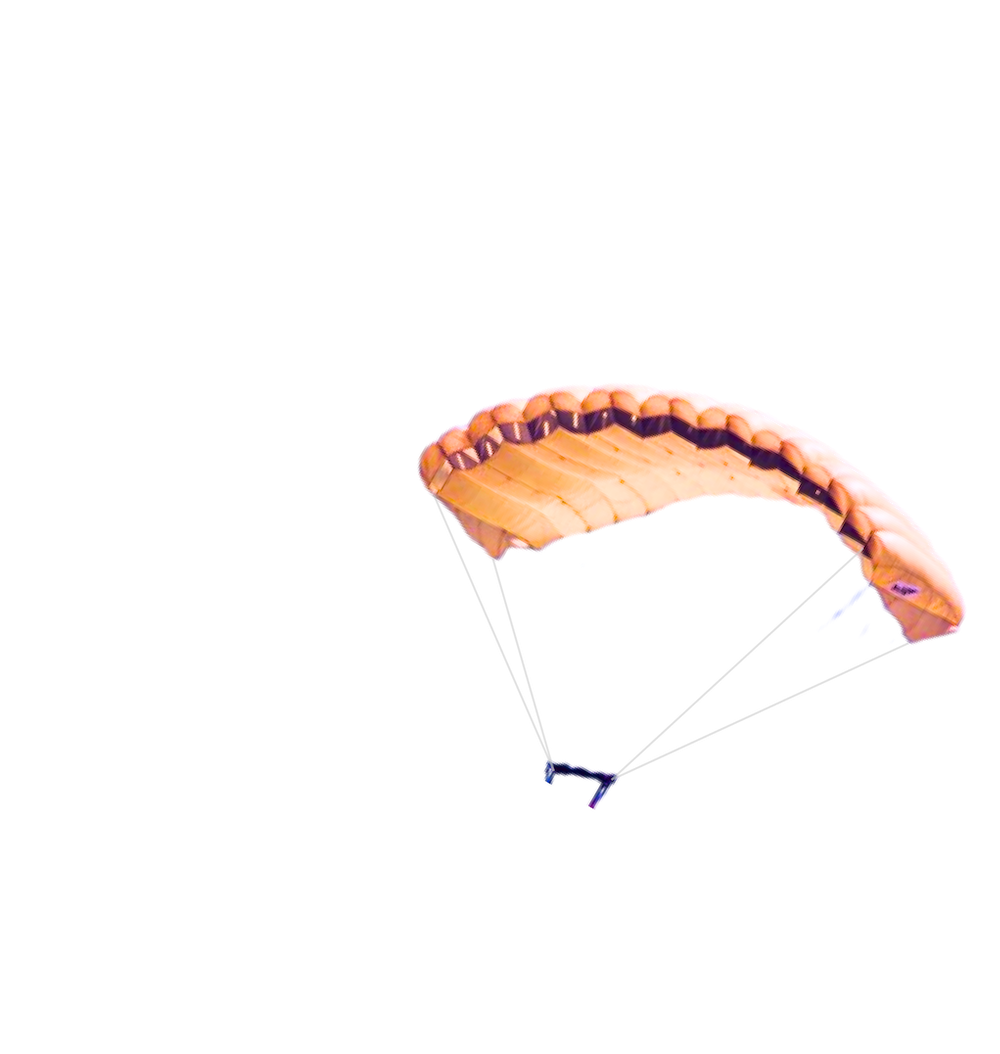Downsizer Contribution
From 1 July 2018, eligible people who sell their main residence may contribute up to $300,000 of the sale proceeds to super without being constrained the usual restrictions that otherwise apply to contributions, including age limits and contribution caps.
What is a Downsizer Contribution?
From 1 July 2018, eligible people who sell their main residence may contribute up to $300,000 ($600,000 for a couple) of the sale proceeds to super without being constrained the usual restrictions that otherwise apply to contributions, including age limits and contribution caps.
Contributions made to super under this arrangement are referred to as ‘downsizer contributions' and are subject to specific rules. Downsizer contributions are treated separately to concessional and non-concessional contributions.
How does it works?
To be eligible to make downsizer contributions, a number of conditions need to be met, including:
- Contributions can only be made by a person aged 55 or over (no maximum age limit).
- The contributions arise from the sale of a residence that has, at some or all of the time of its ownership, qualified as the person's main residence for capital gains tax purposes.
- The residence has been owned by the person and/or their spouse for at least 10 years.
- The contribution of up to $300,000 is made from the sale proceeds of the residence within 90 days of change of ownership (settlement).
- The contract for sale of the property was entered into on or after 1 July 2018.
- An election to make a downsizer contribution is made in the approved form; and
- The person has not previously made a downsizer contribution.
How are contributions treated?
A downsizer contribution will be treated as part of the contributor's tax-free component of their superannuation. It will not be subject to tax at the time the contribution is made.
A downsizer contribution is a non-concessional contribution, but it does not count towards the contribution cap.
People wishing to make downsizer contributions are not subject to the work test (working 40 hours within 30 consecutive days) or being under 75 years old.
Downsizer contributions are not treated as non-concessional contributions so are not restricted by non-concessional contribution cap or have a total superannuation balance that exceeds $2.0m.
Downsizer contributions count towards a person's total superannuation balance. This may impact on their ability to making future non-concessional contributions and receive other Government benefits such as the Government co-contribution and a tax offset for contributions they may make for an eligible spouse.
Transfer balance cap and taxation
The super reforms introduced from 1 July 2017 restrict the amount that a person may transfer to a super income stream or pension. This is known as the transfer balance cap. The transfer balance cap is currently $2.0m.
Consequently, even though a person can make a downsizer contribution, the contribution may not be able to the transferred to a pension account where the person has already exhausted their transfer balance cap. While the downsizer contribution remains in a super accumulation account, the investment earnings that accrue on the contribution will be taxed within the super fund at a rate of 15%. Once in retirement phase the investment earnings from an income stream or pension are exempt from tax.
Social security
A person's main residence is generally exempt from the assets and income test when assessing entitlement for Social Security and Department of Veterans Affairs benefits, including the age pension or service pension.
Selling the main residence and making a downsizer contribution to super may result in amounts that have previously been exempt from the assets and income tests now being assessed under these tests. This may result in the loss of, or a reduction in the amount of pension being paid.
When the main residence is sold and the proceeds are to be applied to the purchase of a new main residence, that portion of the sales proceeds to be applied to the new purchase may continue to be exempt from the assets test for a period (up to 12 months if sold between 01 July 2007 to 31 December 2022 and up to 24 months if sold on or after 01 January 2023) with an additional 12 month assets test exemption available in extenuating circumstances. The amount to be applied to the purchase of the new home will however be included as deemed income under the income test at the lower deeming rate of just 0.25%, until such time as the new home is acquired.
What should I be thinking about?
You may be able to request a longer period than 90 days to make you contribution. For example, where a delay has been caused by factors outside your control, such as ill-health or a death in the family. However, an extension of time won't be granted to allow you or your spouse to meet the age requirement.
Important information regarding this information
This information is of a general nature. It does not consider your personal objectives, needs or situation. It does not represent legal, tax or personal advice and should not be taken as such. If it has been provided to you with a Statement of Advice (SoA), you should rely on the personal advice in the SoA.
Care has been taken to provide up to date and accurate information relating to the subject area however BR Advice Pty Ltd (ABN 30 612 056 523, AFSL 488655), Blue Rock Private Wealth Pty Ltd (ABN 95 166 927 055, AFSL 452733), and their representatives make no representation as to its accuracy or completeness.
Published: July 2025.
© Copyright 2025.

